Birds
Small
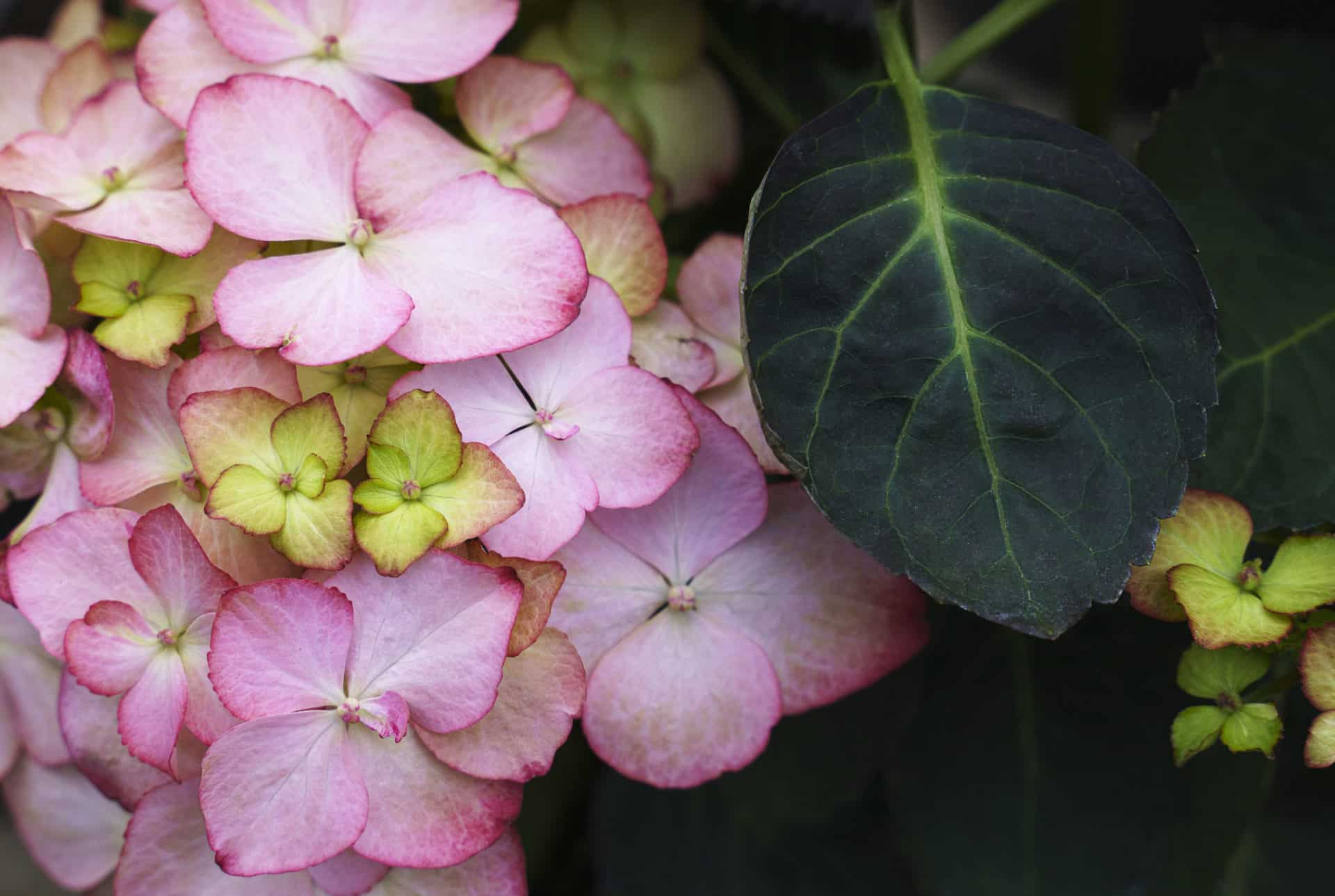
Looking for something in particular? Click here to search.
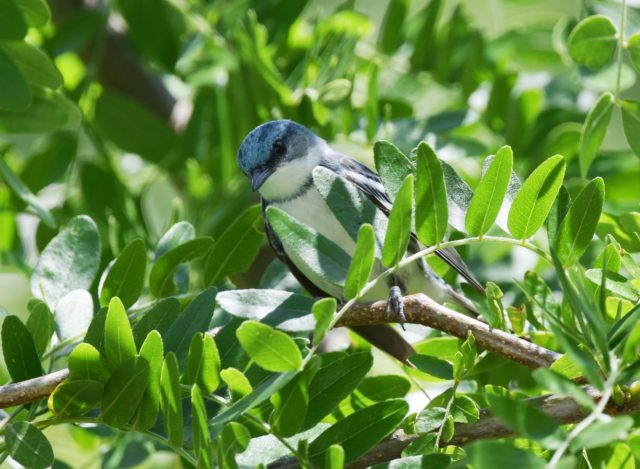
Dendroica cerulea
Cerulean Warbler
Voice: Buzzy notes ending in a higher pitched trill, “zee zee zee zizizizi eee.” The Cerulean Warbler gets its name from the vivid blue coloration of the male warbler’s back... more
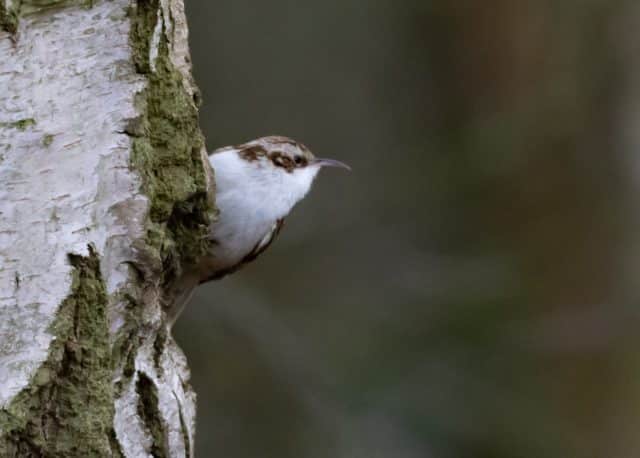
Certhia americana
Brown Creeper
Voice: very high pitched see-see-titi-see or see see This small, well-camouflaged bird of woodlands has a unique foraging technique. Adapted for “creeping” on tree trunks and large branches the Brown... more
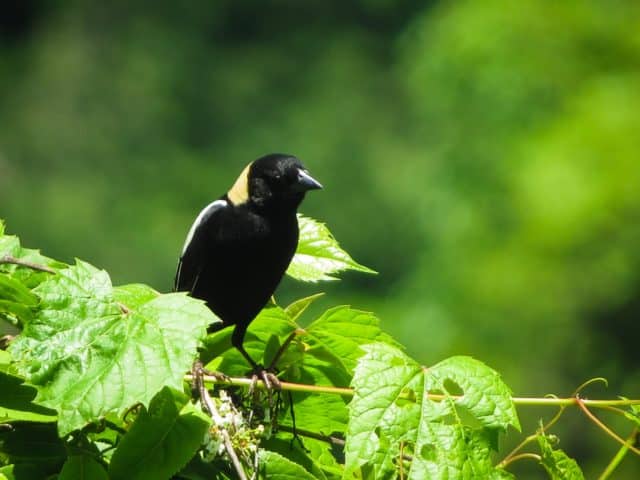
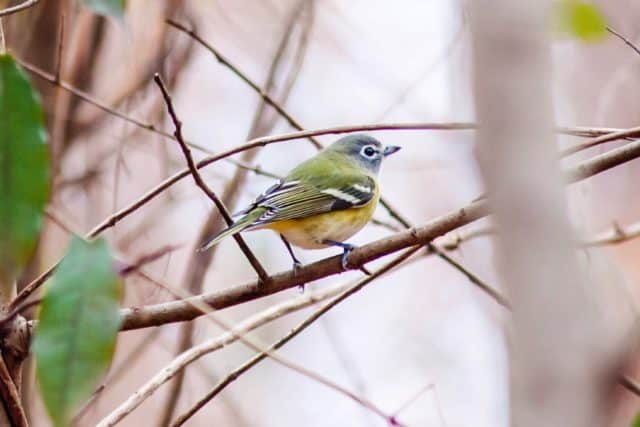
Vireo solitarius
Blue-headed Vireo
Voice: Males: song can be rendered as “here I am, where are you, over here.” It is a bit slower than a Red-eyed Vireo. Blue–headed vireos are the only vireo that makes use of mixed forests, where conifers and deciduous trees grow... more

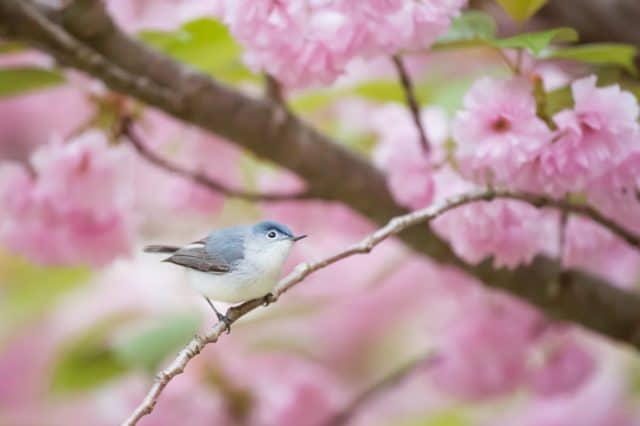
Polioptila caerulea
Blue-gray Gnatcatcher
Voice: Song: series of thin notes which may contain mimicry notes of other birds; Call: soft, nasal “Spee, Spee.” Blue-gray gnatcatchers are the northernmost occurring species of gnatcatcher family, and... more
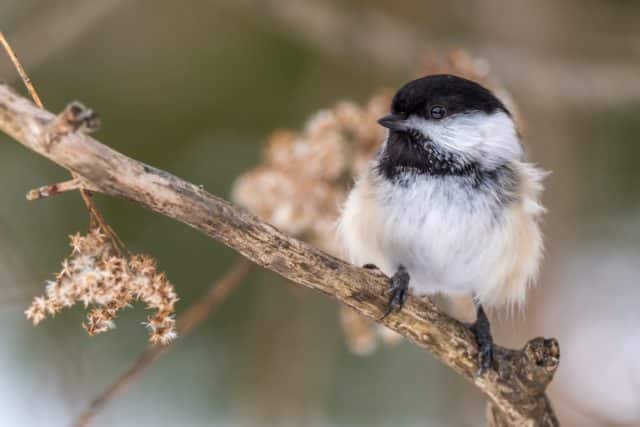
Poecile atricapillus
Black-capped chickadee
Voice: Song: two note whistle with the second note slightly lower. Call: Says its own name chick-a-dee-dee-dee Black-capped chickadees are one of the most commonly recognized backyards bird in Northern... more

Spizelloides arborea
American Tree Sparrow
Voice: High whistled tseet tseet followed by short whistles. Strictly winter visitors, American tree sparrows, can be commonly seen in old fields, grassy meadows and at bird feeders. Despite their name, American tree sparrows, are not associated with trees, instead foraging and nesting on... more
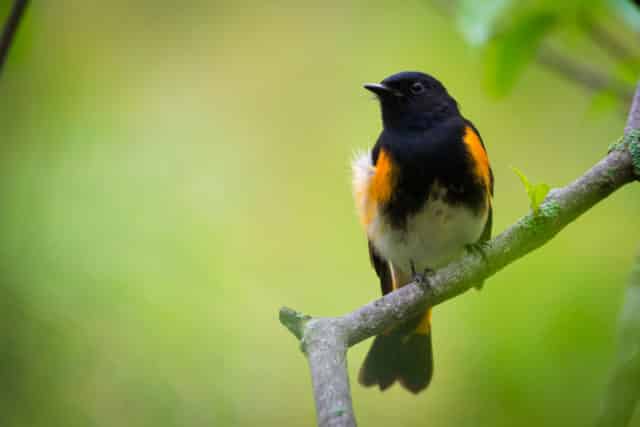

Bombycilla cedrorum
Cedar Waxwing
Cedar waxwings are found throughout much of North America in open habitats with abundant berry trees. They can inhabit open spaces in deciduous, coniferous and mixed woodlands. They are nomadic social birds, traveling in flocks during the fall and winter. They... more
People for Trees™
Make a difference in
your own backyard.
Plant and care for a tree beginning with making a pledge. We will support each pledge with easy-to-follow instructional toolkits, guidance on how to select the most appropriate tree and where to purchase it, free virtual classes and other ongoing support.
Make a pledgeWhat can we help you find?
Popular searches:



